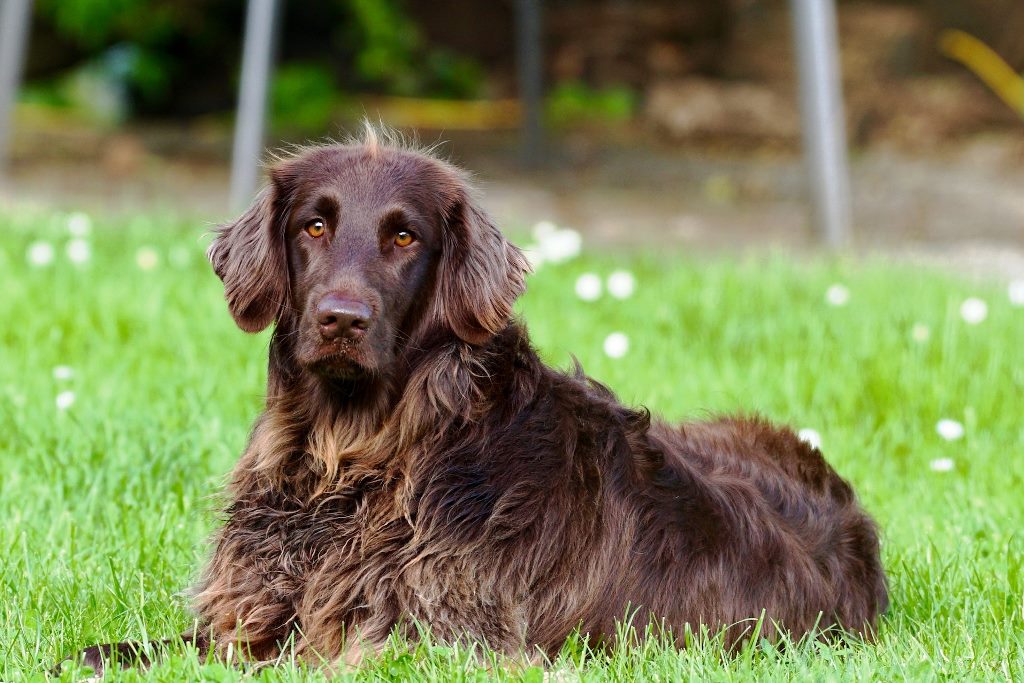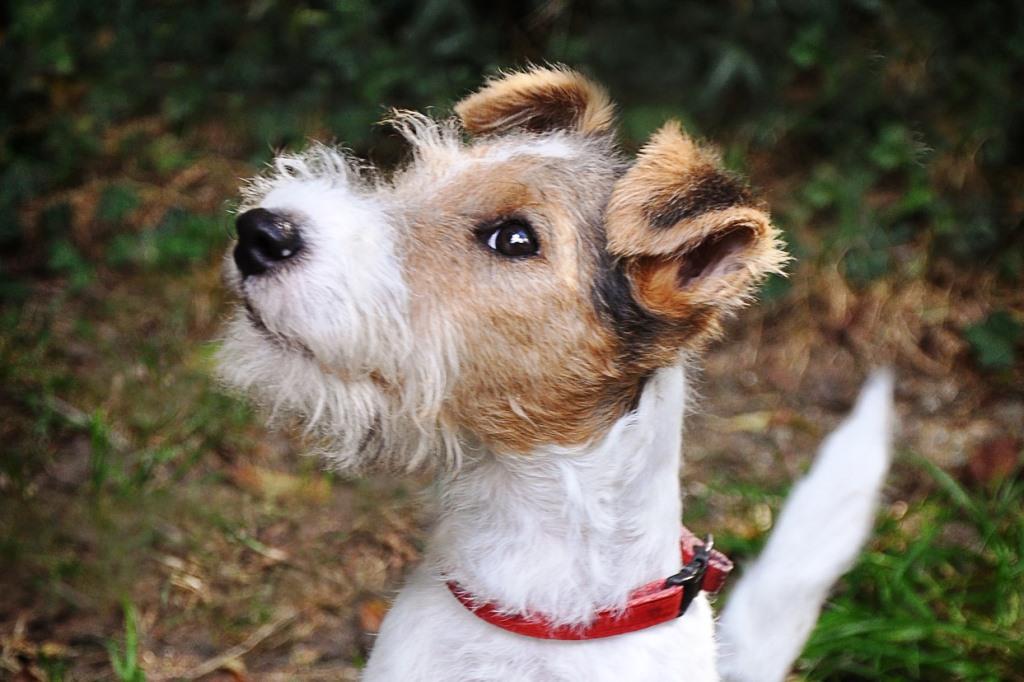The origin of the Foxhound dog breed is English and very old. It was already widespread in the 16th century, when deer hunting went out of fashion as specimens began to become scarce, and fox hunting began. It seems to have been the gamekeepers of the time, who sought to obtain a dog with great olfactory ability and excellent courage that was capable of running for several hours. Thus the Foxhound, the fox hunter, was born in England.
As far as the Foxhound’s ancestors are concerned, there are two versions; one claims that the basis of selection would be crosses of the staghound with the terrier, greyhound and bulldog. The other theory, perhaps more reliable, would give the Foxhound continental origins and have it descended from St. Hubert’s dogs and French big game hounds.
In its land of origin it is quite famous, but has not had great fame in Europe, in fact very few specimens are known. In America, on the other hand, where Foxhounds were landed along with settlers and foxhounds contributed to the creation of the American breed. In fact, the contribution of the English ones is obvious, but in America they also had the contribution of the Talbot, a dog that is now extinct.
The two Foxhounds, the English and the American, have similar characteristics and physical dimensions, even in terms of temperament. The only difference is the coat, as the English one has a tawny, red or black coat on a white base, the American one, has a more closed and hard coat, but still of different colours.
They are purely hunting dogs, especially in packs and with riders. They are therefore not very suitable for flat living, they need to live outdoors a lot and do a lot of exercise.
Character of the Foxhound dog breed
As already mentioned, the Foxhound is essentially a hunting dog, hyperactive, and with the need to move and walk in wide open areas. Born for that kind of hunting, it is not suitable for a flat, but should have some open space, such as a garden or terrace, to be able to give vent to its hunting and tracking instincts. And of course it needs at least a couple of long daily outings.
Although they are dogs that are used to working in packs, they become attached to a particular person and with him and his family he is sweet and affectionate and loves to play with children. If he is habituated from an early age, cohabitation with other dogs is not a problem, but with cats, rabbits and other pets, he sees them as prey, so if there are other animals in the house besides dogs, it is not possible to adopt this dog.
It can also be a good guard dog, as it is quite aloof and suspicious of strangers, but never aggressive. It is also a feisty, reckless dog, always active and resistant to any effort, but it does not like solitude and needs the company of man to whom it proves very loyal. It is also very docile and peaceful and therefore easily trainable. Its strong instinct for hunting is not always controllable and so it may disappear after some prey and also go a long way.
Appearance of the Foxhound dog breed
The Foxhound is a medium-sized dog, morphologically classified as a Braccoid. The male measures 58 to 64 centimetres at the withers and weighs 25 to 30 kilograms. The female usually a little less. It is often confused with the beagle, in fact they are very similar, but the body of the Foxhound is less square and more elongated than that of the beagle, while the muzzle is more elongated than the rounded muzzle of the beagle.
It has a harmonious appearance, with the right proportions, very well balanced. Muscular and massive but certainly not clumsy. Its gait is soft and light and it has an excellent gallop. In fact, it has strong legs, suitable for running for a long time. Its tail is long and covered with very short hair. It is attached high but does not curve over the back. Its whole physique shows power, agility and endurance.
The head is broad and the muzzle slightly elongated in relation to the body line. The muzzle has strong jaws and is dark in colour. The truffle is dark in colour, as are the eyes, which are round and deep and have an alert and sweet expression. The ears are rather small and bend over the head.
The Foxhound’s coat is short and smooth, well adhered to the body. The coat can be of all colours typical of bloodhounds, often tricolour, fawn, red or black on a white base, but also orange-white, grey and black-white.
Health and care of the Foxhound dog breed
The Foxhound has few congenital health problems. It is particularly robust and rarely falls ill. Its average life span is about 10-13 years.
However, cases of hip dysplasia, kidney disease and epilepsy have been reported, and it may also be prone to otitis. Its coat protects it well from the weather, so it does not suffer particularly from the cold, while it is good not to work it too hard in hot weather.
Grooming is very simple, just brush him more frequently during the moult, otherwise once a week is enough.
He is an energetic dog who needs a lot of exercise, so he easily maintains his fitness weight. A balanced diet is all that is needed.


